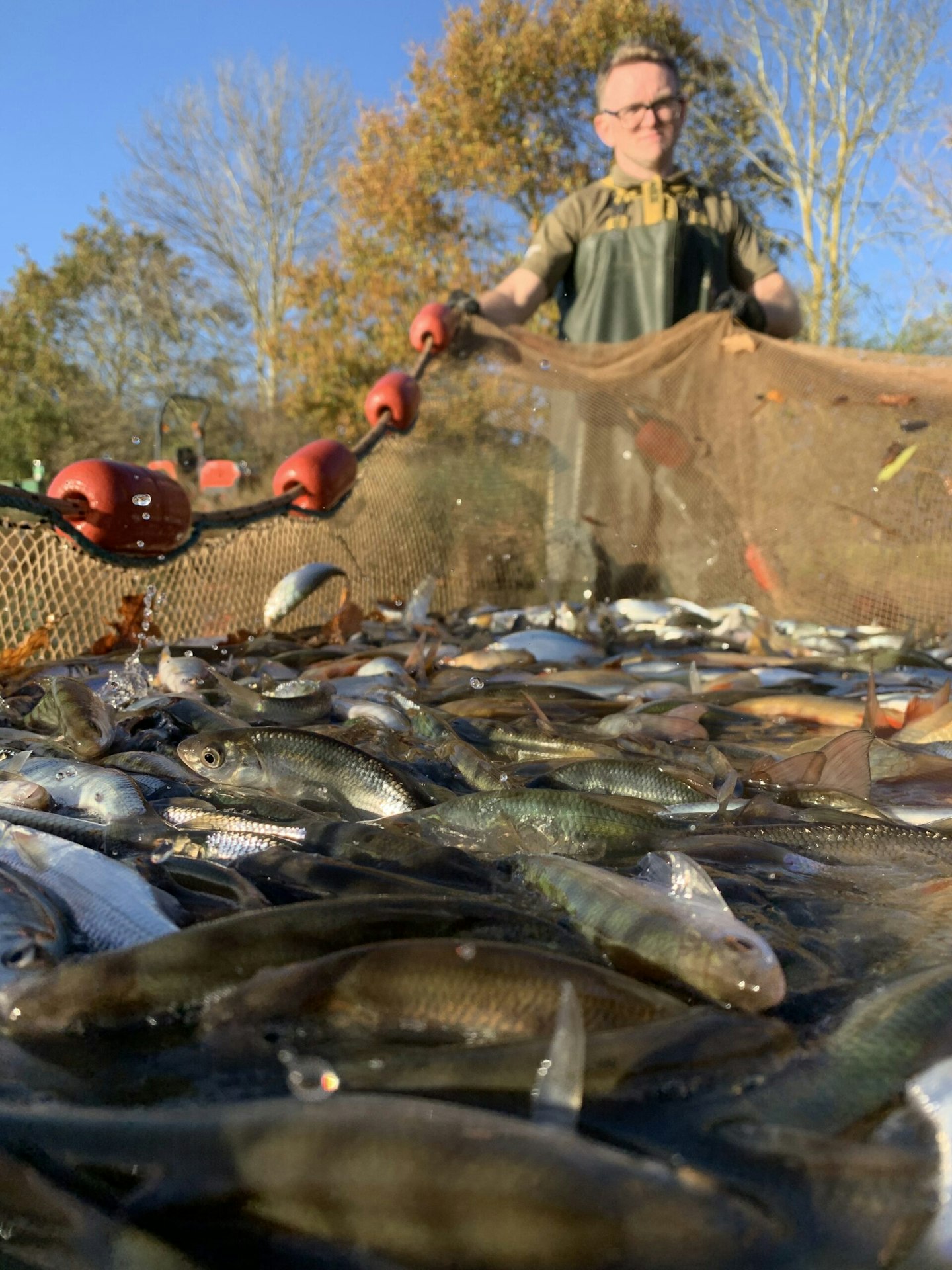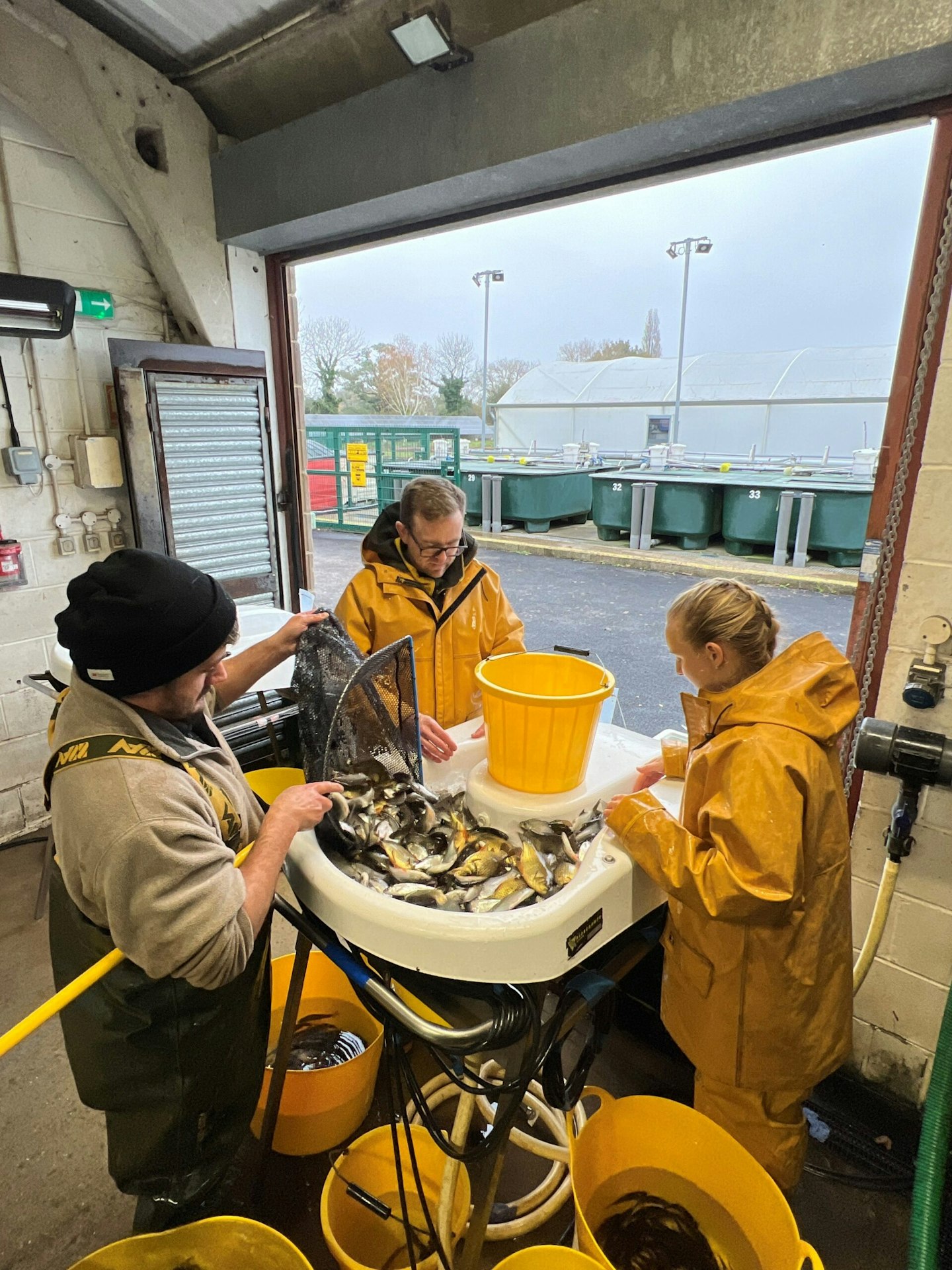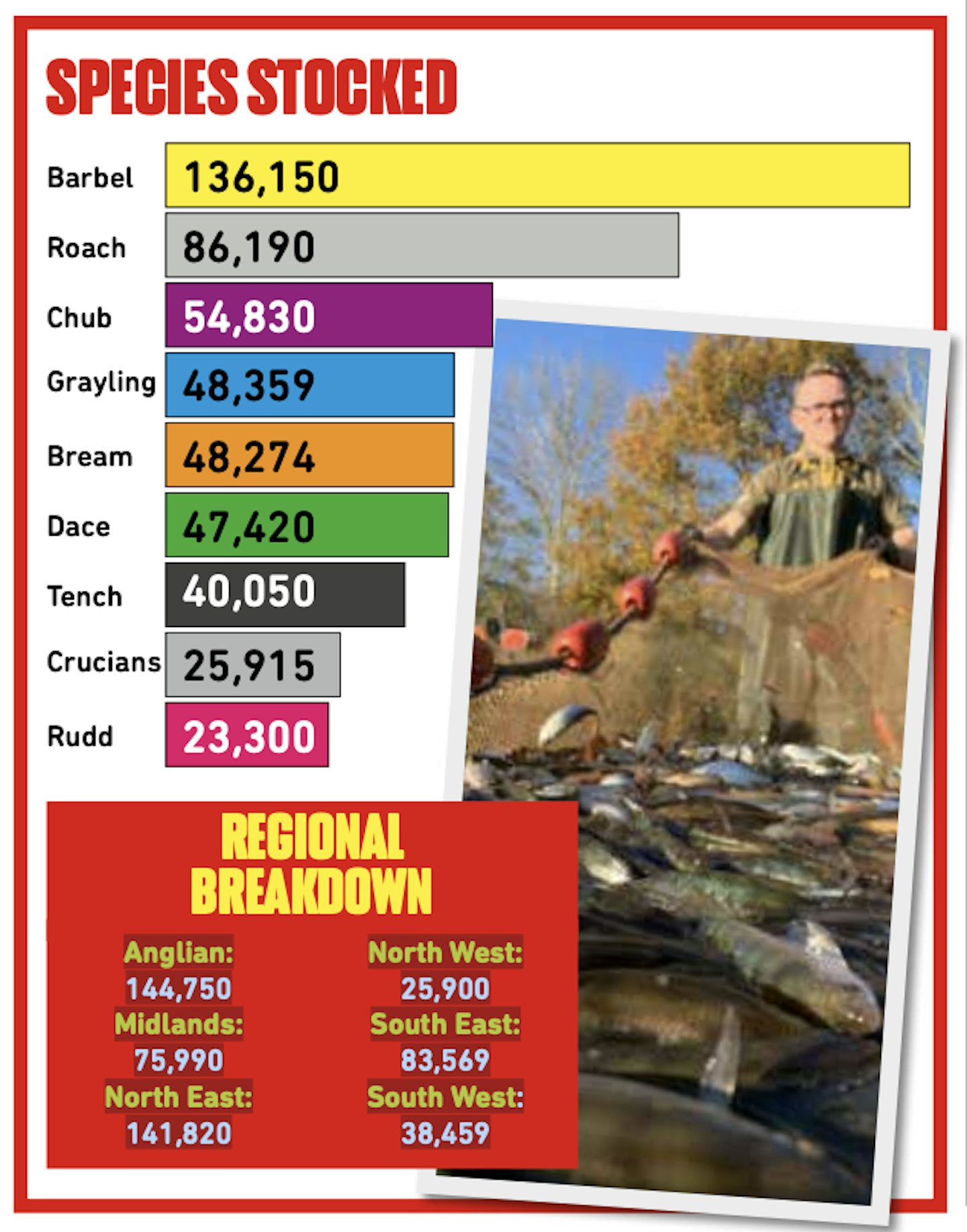Last year, rivers and stillwaters across England received a much-needed top-up of stocks, with an impressive 510,488 fish being released into the wild, according to latest figures from the Environment Agency (EA).
That’s 6.5 per cent more than in 2023, with all the fish being reared at the EA’s Calverton Fish Farm, in Nottinghamshire, before being released. In addition, just under two million ‘advanced reared larvae’ were also stocked into the wild.
The majority of the stockees went into rivers (357,149), with barbel by far and away the most common species, accounting for 136,150 of those introduced, followed by roach, numbering 86,190.
Some anglers complain when reports of such stocking figures surface, labelling the fish as little more than food for otters and cormorants.
IF YOU WANT TO CATCH SOME FISH ON THE RIVER, HEAD TO ONE OF THESE GREAT STRETCHES!

But the team at Calverton work hard make sure the fish are in the best possible condition to survive after release, as Richard Pitman, their fish farm technical specialist, explained.
“We take great care to ensure that every fish is fit for purpose when stocked out into the wild,” he said.
“During their 18 months at the farm, the fish are fed live natural food, they encounter a range of flora and fauna, and are trained in flowing conditions while being grown in the earth ponds.”
IF YOU HAVE BEEN STRUGGLING TO CATCH RECENTLY, GIVE THESE FANTASTIC RIVER TIPS A GO!

The EA does not see the stocking of fish as a total solution to issues a river may be facing.
“Rather, it gives waterways a bit of help in returning to their former glory, with habitat work also being essential to long-term success.
“Occasionally a helping hand is needed to restore the natural balance after a pollution incident or decline, or to create new fisheries and opportunities for anglers.”
The extreme weather we’ve had this year added a new challenge to the team at Calverton, with increased rainfall and cool temperatures in spring impacting spawning.
“This made locating and obtaining sufficient broodstock at the optimum time difficult,” Richard added.
“These conditions also impacted the start of our second-year production cycle.
“But the team showed their dedication and commitment and were able to achieve an increase in fish production compared to last year.”

